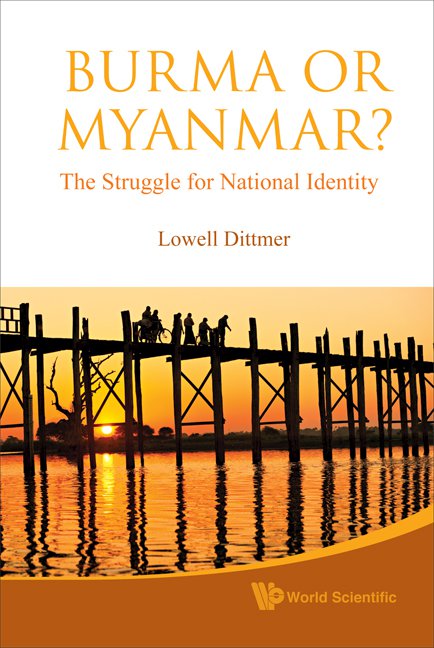System Upgrade on Tue, May 28th, 2024 at 2am (EDT)
Existing users will be able to log into the site and access content. However, E-commerce and registration of new users may not be available for up to 12 hours.For online purchase, please visit us again. Contact us at customercare@wspc.com for any enquiries.
Burma, also known as Myanmar, strategically located between China and India, is one of the largest and most richly endowed states in Southeast Asia. Yet it remains both economically and politically underdeveloped. Why is this so? We argue that much of the reason has to do with an ongoing struggle for national identity. This struggle involves not only whether the state should be authoritarian or democratic, but how Burma's myriad ethnic minorities should be accommodated within it, what external reference national reference groups the country should identify and align with, and how it should move forward. Identity formation normally occurs much earlier in the national developmental process, but Burma has had unusually intransigent problems that were never successfully resolved during the colonial period and have simply been suppressed by force since then. This protracted divisiveness has stunted the nation's modernization and growth.
Written from a unique perspective, this book on Myanmar deviates from the traditional authoritarian versus democratic rhetoric. Although that is certainly part of the picture, this multifaceted analysis focuses rather on the issue of identity formation — an issue that has all too often failed to make the headlines. Much can be learned from Myanmar's identity problems, making this book essential reading for all students and professionals interested in development studies or comparative politics. By whatever name, Burma is not only a fascinating country but one likely to play an increasingly vital role in Asia's future.
Sample Chapter(s)
Chapter 5: Daw Aung San Suu Kyi: A Burmese Dissident Democrat (160 KB)
Chapter 12: Burma and ASEAN: A Marriage of Inconvenience (152 KB)
List of Contributors (72 KB)
Contents:
- Burma vs Myanmar: What's in a Name? (Lowell Dittmer)
- Mass Politics:
- Voting and Violence in Myanmar: Nation Building for a Transition to Democracy (Ian Holliday)
- Ethnic Conflict in Burma: The Challenge of Unity in a Divided Country (Tom Kramer)
- Relieving Burma's Humanitarian Crisis (Christina Fink)
- Elite Politics:
- Daw Aung San Suu Kyi: A Burmese Dissident Democrat (Kyaw Yin Hlaing)
- Looking Inside the Burmese Military (Win Min)
- Naypyidaw vs. Yangon: The Reasons Behind the Junta's Decision to Move the Burmese Capital (Daniel Gomà)
- Political Economy:
- Burma's Poverty of Riches: Natural Gas and the Voracious State (Sean Turnell)
- Myanmar/Burma: International Trade and Domestic Power under an “Isolationist” Identity (Jalal Alamgir)
- Foreign Policy:
- China–Burma Relations: China's Risk, Burma's Dilemma (Min Zin)
- India's Unquenched Ambitions in Burma (Renaud Egreteau)
- Burma and ASEAN: A Marriage of Inconvenience (Stephen McCarthy)
- Conclusion (Lowell Dittmer)
Readership: Political scientists, undergraduates, graduate students, general readers interested in Myanmar studies.























